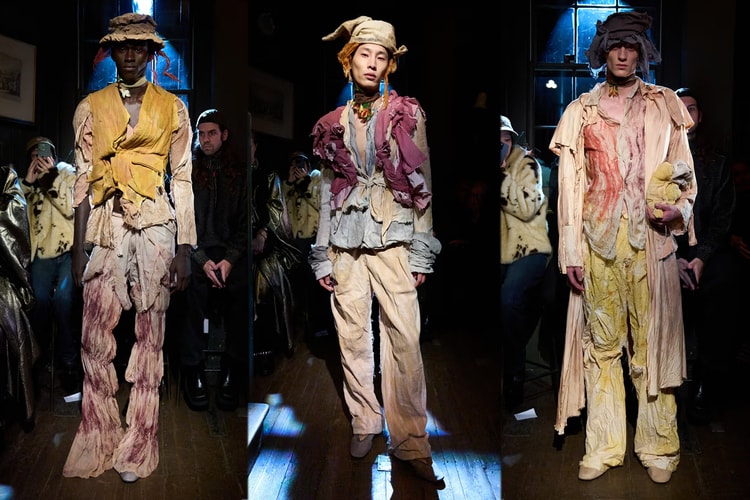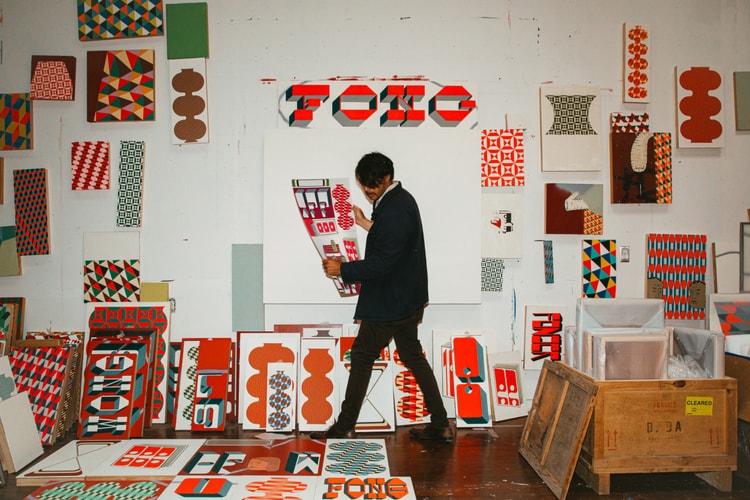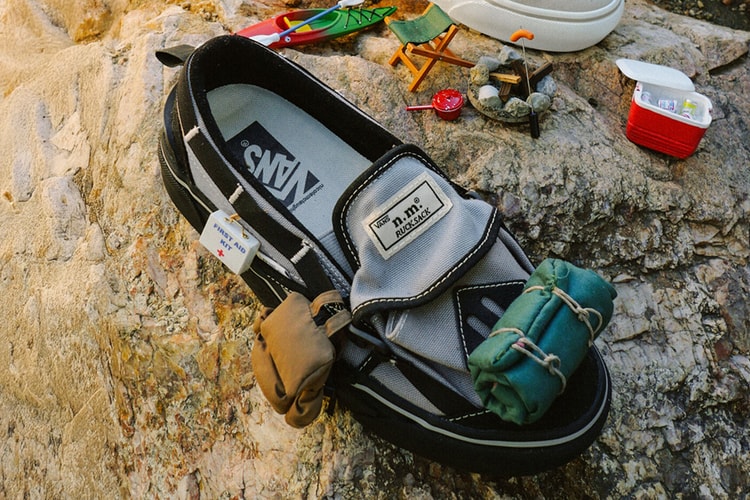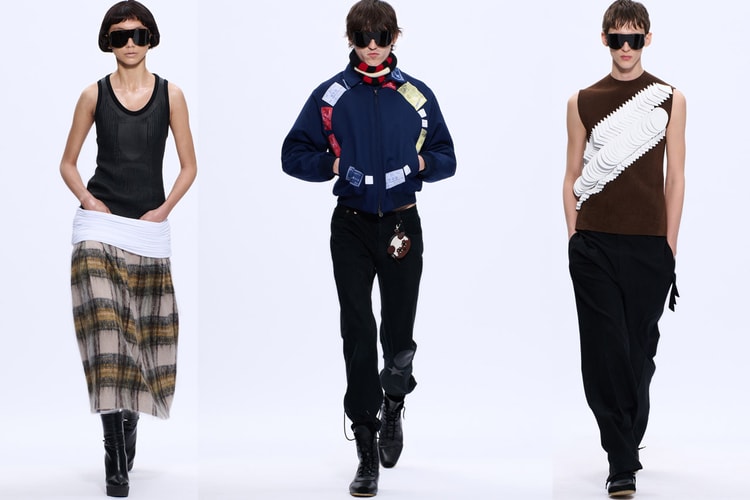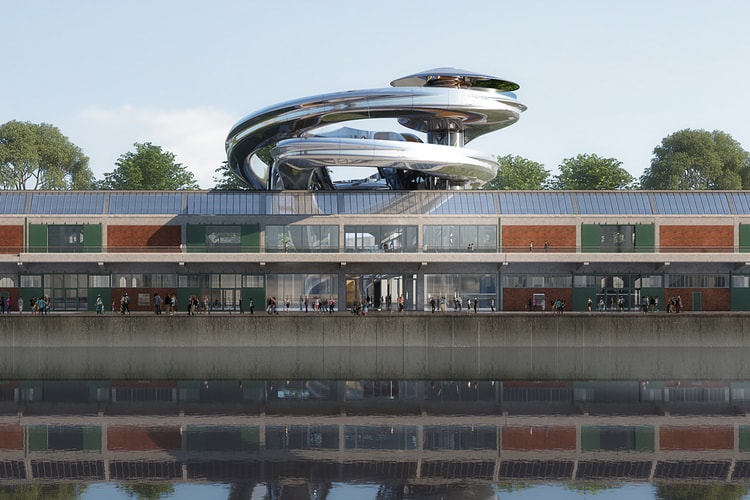Researchers Find First Royal Tombs in 100 Years
The last lost tomb of the Tutankhamun dynasty.
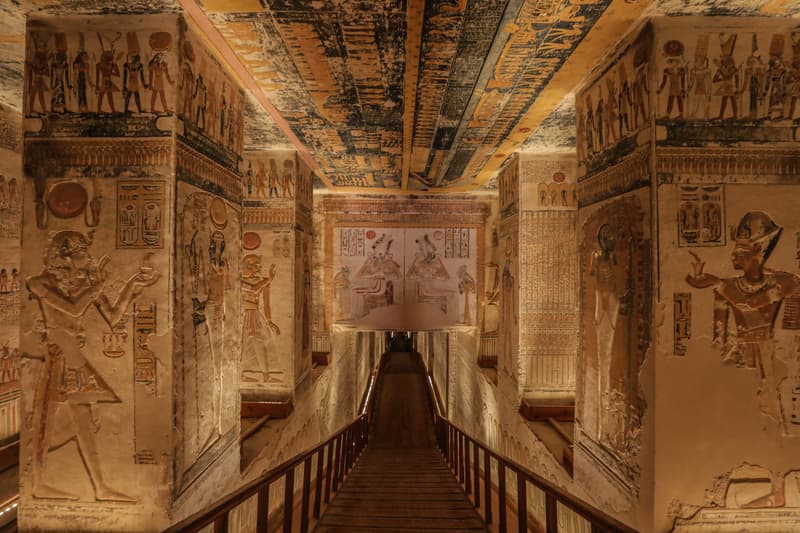
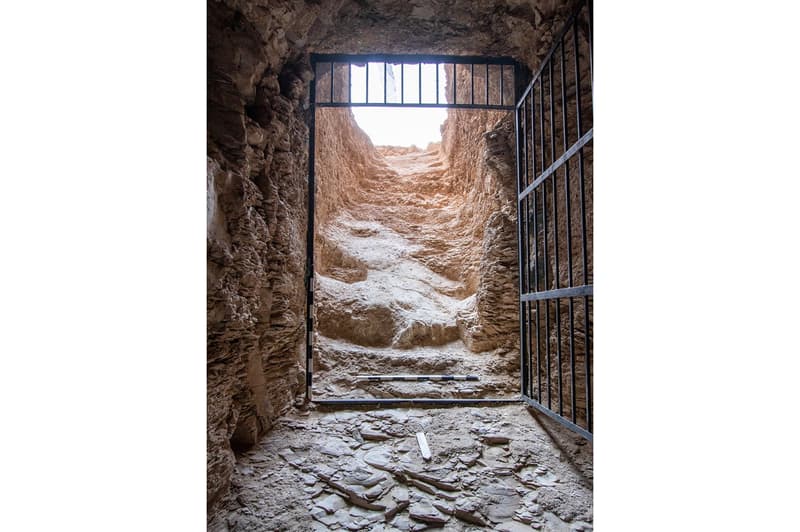
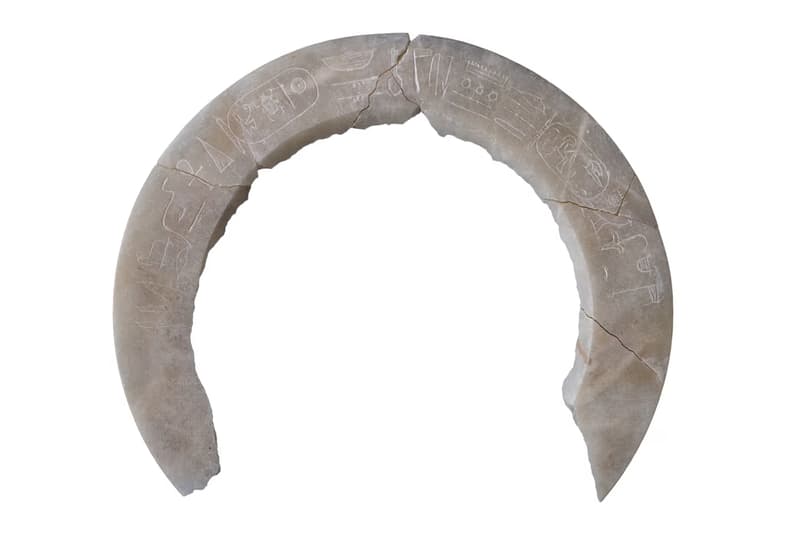
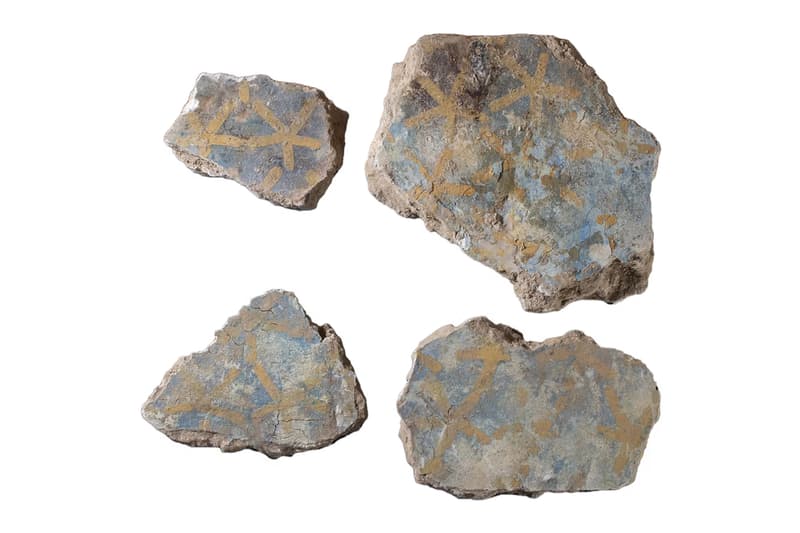
Last week, researchers unearthed the long-lost tomb of King Thutmose II, the final missing royal burial of Ancient Egypt’s Eighteenth Dynasty, marking the first discovery of its kind since King Tutankhamun’s in 1922. Just days after the announcement, a second possible tomb, believed to contain Thutmose II’s mummy, was also uncovered.
The British-Egyptian team, led by Piers Litherland, made its first finding just a few kilometers west of Egypt’s Valley of the Kings, in the Theban mountains of Luxor. Upon discovery, the tomb was initially thought to have belonged to his wife and half-sister, Queen Hatshepsut, who is widely regarded as the greatest and most successful female pharaohs. The ceiling, painted blue with yellow stars, however revealed it belonged to a king, alongside his name as the “deceased” inscribed on alabaster vessels.
Built directly beneath a waterfall, the tomb’s flood debris took months to clear. After a few months of excavating, the team realized the the majority of its contents were likely evacuated to a second location sometime six years after the pharaoh’s death in 1479BC. While the funerary contents were found in poor condition, Mohamed Ismail Khaled, the secretary-general of Egypt’s Supreme Council of Antiquities called the find “one of the most important archaeological discoveries in recent years.” Archaeologists are now working to uncover the second tomb by hand, after initial attempts into the tunnel were deemed “too dangerous.”
For more reason than one, this finding, came as a surprise: a mummy that is said to be Thutmose II is now on display at the National Museum of Egyptian Civilization. However, some Egyptologists are questioning the body’s identification, suggesting that the 30-year-old’s body, found in Deir el-Bahari, is too old to belong to the pharaoh. Litherland and his team are now suspecting that second tomb contains King’s true mummy.
As the mission endures, Litherland reflected: “You dream about such things. But like winning the lottery, you never believe it will happen to you.”












